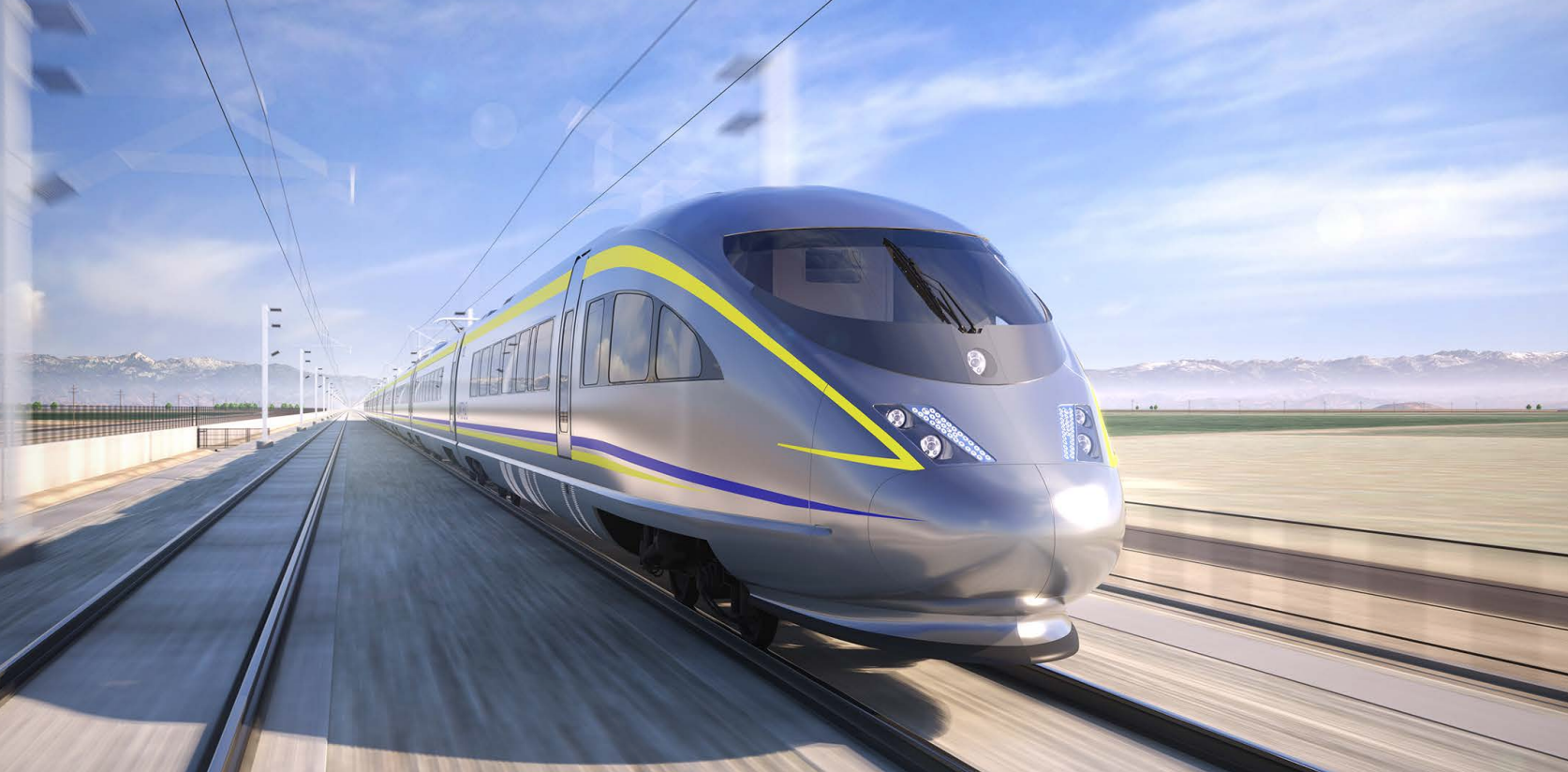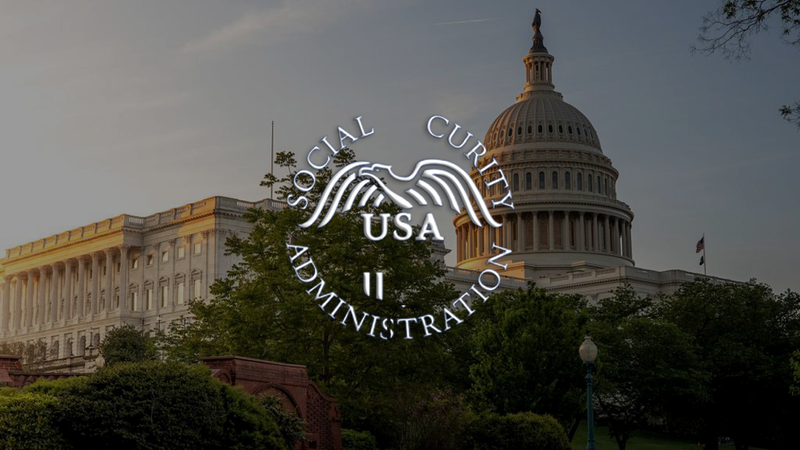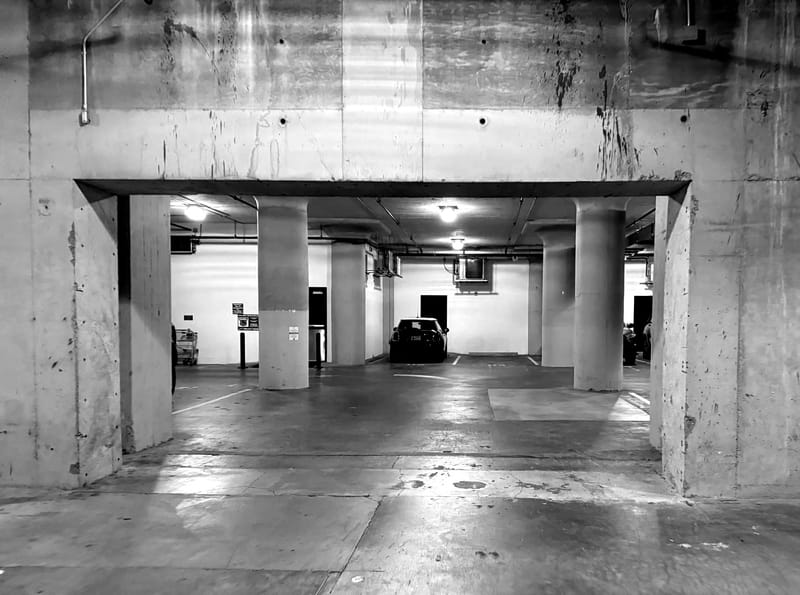$7 billion California rail funding crisis comes to light weeks after its omission from official report
California's latest high-speed rail project update omitted a looming $7 billion funding shortfall revealed weeks later.
California’s ambitious high-speed rail project, once envisioned as a futuristic bullet train swiftly connecting Los Angeles and San Francisco, has struggled for years to stay on track. Originally approved by voters in 2008, the project promised to revolutionize transportation in the state by reducing travel times, curbing emissions, and creating thousands of jobs.
Nearly two decades later, costs have ballooned to more than $100 billion. Timelines have repeatedly shifted. Only a fraction of the line has started to take shape.
On March 1st, 2025, the California High-Speed Rail Authority released an 71-page project update intended to provide legislators and the public with crucial information about the rail line's progress. Notably missing from that report was any explicit reference to a critical funding shortfall.
Just weeks later, at a State Assembly budget hearing, officials from the Legislative Analyst's Office revealed an urgent and previously unreported need for at least $7 billion in additional funding. This surprising omission has sparked questions about transparency and raised serious concerns about the future of the rail project.
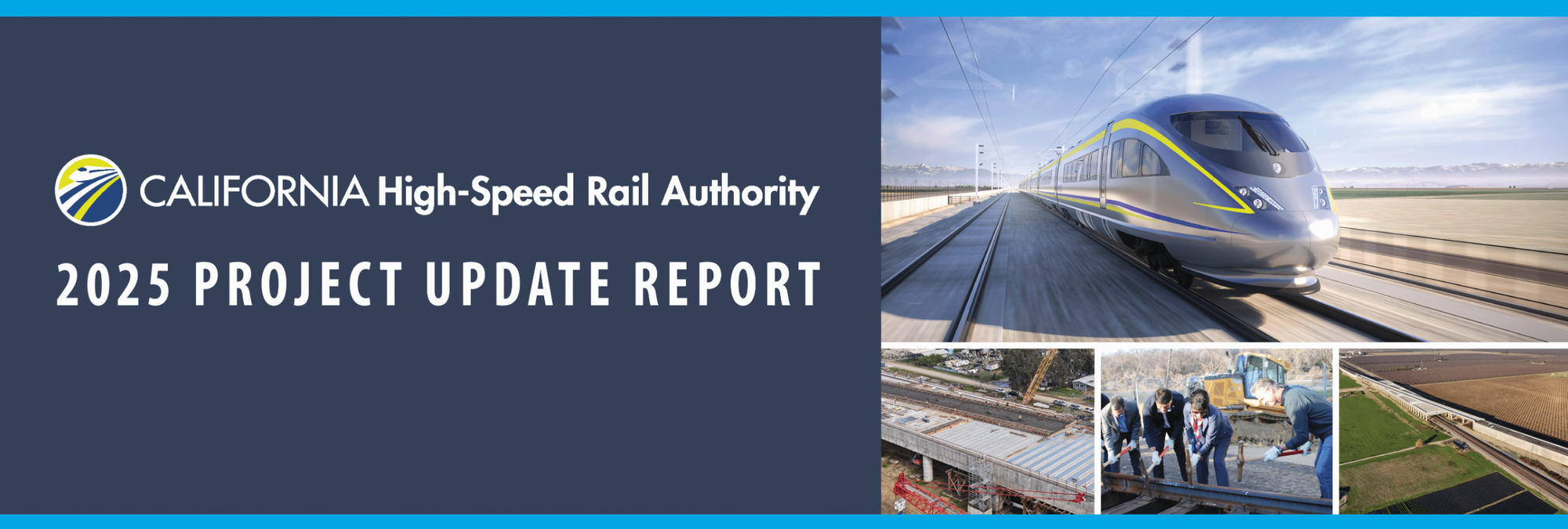
California High-Speed Rail: A Quick Overview
When voters approved Proposition 1A in 2008, California's high-speed rail system was pitched as a modern, sustainable solution to connect the state’s largest cities—Los Angeles to San Francisco—in less than three hours. Initially estimated to cost around $40 billion, and revamped in 2019, the vision was ambitious yet seemingly attainable.
But as years passed, the project's budget has soared to over $100 billion, with funding proving difficult to secure at both the state and federal levels. Construction delays, legal battles, land acquisition struggles, and rising inflation have continuously pushed back completion dates.
Today, the immediate focus is completing a crucial initial segment between Merced and Bakersfield in the Central Valley. The California High-Speed Rail Authority hopes to have this segment operational between 2030 and 2033. Even this reduced scope is far from assured, given the current uncertainty over funding—a stark reminder of just how dramatically the project's reality has diverged from its original promise.
The March 1, 2025 Project Update: Key Omissions
On March 1, 2025, the California High-Speed Rail Authority (CHSRA) released a 70-page update outlining the current status of the project and expected funding through 2030.
The report estimated that total capital revenue available could range between $26.7 billion and $29.7 billion, depending on how future Cap-and-Trade auction revenues perform—scenarios that the Authority acknowledged are “uncertain and volatile” due to market-based fluctuations.
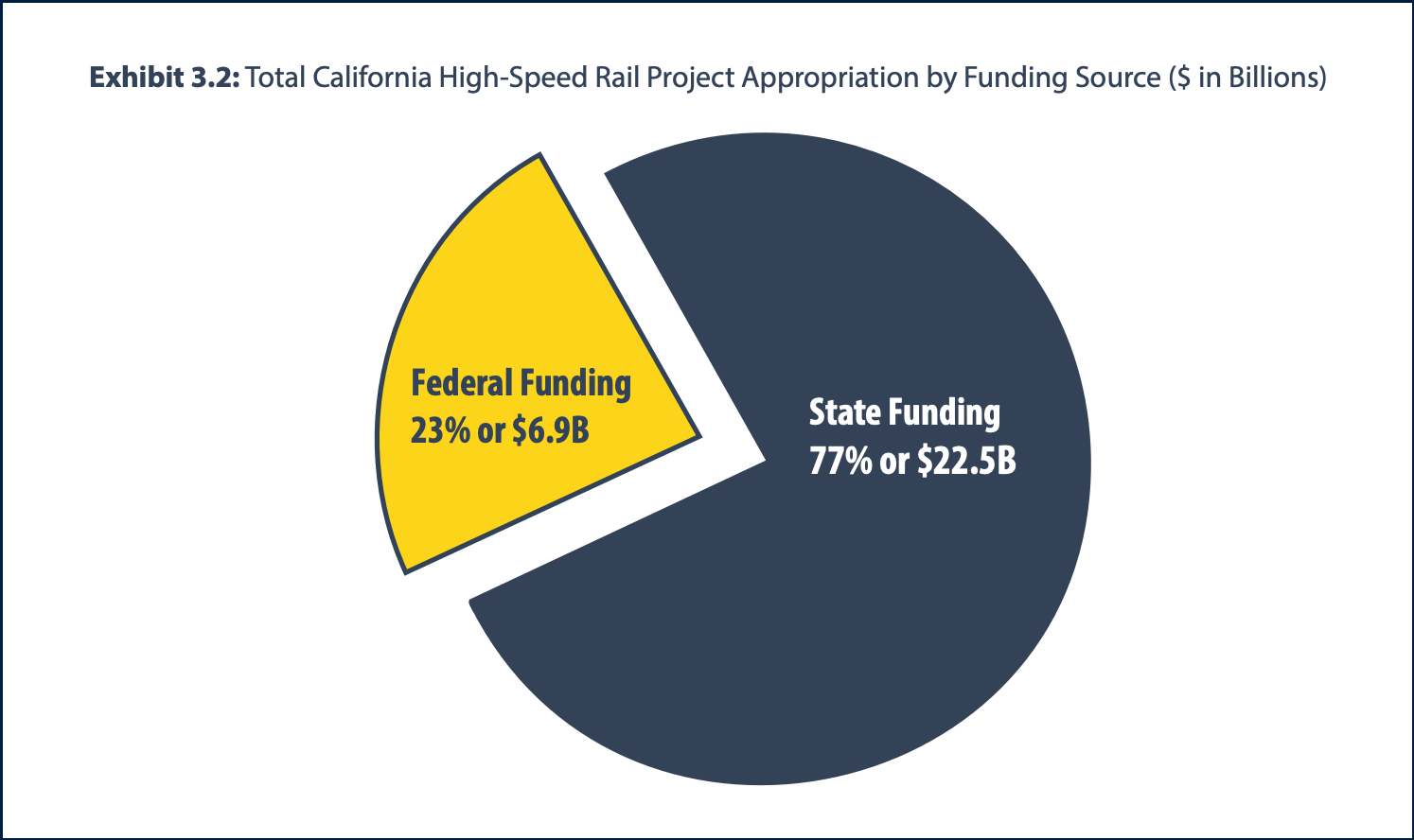
The report projected a remaining $14.9 billion in funding through 2030, factoring in past expenditures and assuming an average of $1.0 billion per year from Cap-and-Trade proceeds. This total included $8.3 billion from Prop 1A, $7.4 billion in Cap-and-Trade funds received through November 2024, and $6.9 billion in federal funding, which now accounts for just 23% of total support. These figures were presented in detail through various tables and visualizations, including Exhibits 3.0, 3.1, and 3.2.
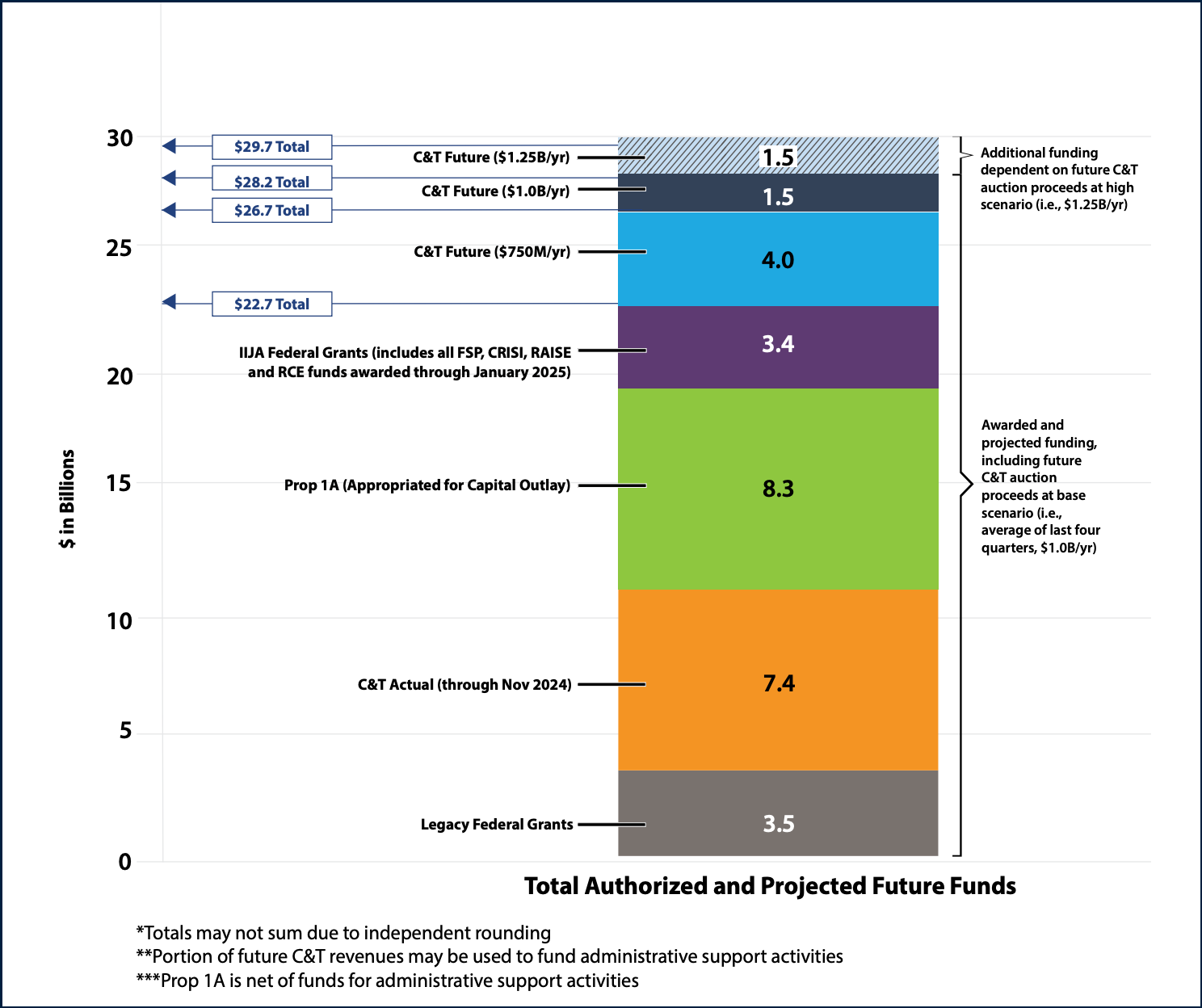
Yet, for all the granular financial breakdowns and projections, the report never explicitly acknowledged a shortfall—let alone a $7 billion gap that would need to be closed by June 2026, as later revealed at a budget hearing. The March update also avoided giving any target dates or specific cash flow projections that might have hinted at the impending crunch. Instead, the report stated:
"The Authority is undergoing a comprehensive effort to update its design criteria, scope, cost, procurement strategy, ridership and schedule. These updates will be submitted to the Legislature later this year."
The absence of a direct warning about an urgent funding gap is particularly striking given that Proposition 1A construction funds were expected to be fully expended by the end of FY2025–26, and Cap-and-Trade proceeds—though trending around $1 billion annually—are subject to policy changes and economic shocks, as the report itself notes.
The Authority also referenced early-stage discussions with private equity firms and international best practices in design refinements, but these longer-term strategic efforts were not linked to any immediate financing needs. Rather than providing legislators with a roadmap to close the gap, the report deferred any major financial decisions to a promised supplemental report due later in the year.
The Assembly Budget Hearing: Revealing the Urgency
Just weeks after the project update's release, on March 26, 2025, a transportation-focused budget hearing in the California State Assembly revealed a much more urgent reality.
The first "Key [Issue] for Legislative Consideration" on the hearing's agenda read,
"No Detailed Plan to Meet Roughly $7 Billion Funding Gap for Merced to Bakersfield.
"The information in the 2024 Business Plan and 2025 PUR suggests that there is a funding gap of roughly $7 billion for completing the Merced-to-Bakersfield segment. HSRA has not put forward a specific plan to meet this funding gap."
When the issue was broached during the session, Helen Kerstein from the Legislative Analyst's Office disclosed a substantial funding shortfall, stating clearly that the high-speed rail project faced an immediate gap of approximately $7 billion that would need to be addressed no later than June 2026:
"This isn't a way out in the future funding gap. This is a pretty immediate funding gap."
Legislators Express Frustration: “Out of Whack” Timing
The revelation drew strong reactions from several legislators during the hearing.
Assemblyman Steven Bennett, chair of the budget subcommittee overseeing transportation funding, said,
"We have no plan, we have a good likelihood it's going to get worse, and we have a short time to solve the problem. That's not a good place for government to put itself into."
Assemblymember Cottie Petrie-Norris voiced frustration as well:
"The timing of the project review seems totally out of whack with when we need to be making decisions."
Lawmakers underscored the need for clearer, more timely communication from the authority—especially given the scale and significance of the project, which relies heavily on taxpayer dollars.
Ongoing Investigations and Federal Uncertainty
The high-speed rail project isn’t only facing state-level financial scrutiny—it’s also the subject of an ongoing federal investigation. Initiated under the Trump administration, this investigation centers around the usage of approximately $4 billion in federal funds previously allocated to the project. The outcome of this investigation could dramatically affect future funding and support from the federal government.
Adding to the uncertainty, U.S. Transportation Secretary Sean Duffy has publicly stated that his department will carefully evaluate how federal money has been utilized and assess whether continued federal support is justified. This heightened scrutiny and uncertainty at the federal level only deepens the urgency of California’s funding shortfall. If federal support is reduced or withdrawn, the state could find itself facing even greater financial challenges, making the immediate need to address the current gap even more critical.
Newsom’s Defense vs. Legislative Criticism
Amid growing financial uncertainty and skepticism from state lawmakers, Governor Gavin Newsom recently offered a spirited defense of the high-speed rail project in an official statement posted on his website:
“No state in America is closer to launching high-speed rail than California – and today, we just took a massive step forward. We’re moving into the track-laying phase, completing structures for key segments, and laying the groundwork for a high-speed rail network."
Later, in a podcast episode featuring political commentator Ezra Klein, Newsom acknowledged the project's many challenges but insisted the hardest phase of construction is behind California.
"Now the hard work is behind us, and now we're laying track," Newsom told Klein on his podcast, which you can listen to above.
Newsom characterized high-speed rail systems worldwide as broadly successful and popular, expressing pride in California's willingness to pursue this innovative venture despite setbacks.
What Happens Next?
With the immediate $7 billion funding gap looming, legislators and project leaders face crucial decisions in the coming months. State Senate Transportation Committee Chairman David Cortese has already announced plans for a hearing on the project's financial health, set to take place this May. This hearing will likely be critical for determining how California plans to address the urgent funding shortfall and whether legislators believe the project remains viable.
Equally important will be the detailed project update promised for later this summer. This report, deferred from the initial March update, is expected to finally clarify critical details regarding funding, project scope, schedule, and costs. The accuracy, transparency, and specificity of this forthcoming report will be essential for lawmakers as they consider next steps.


